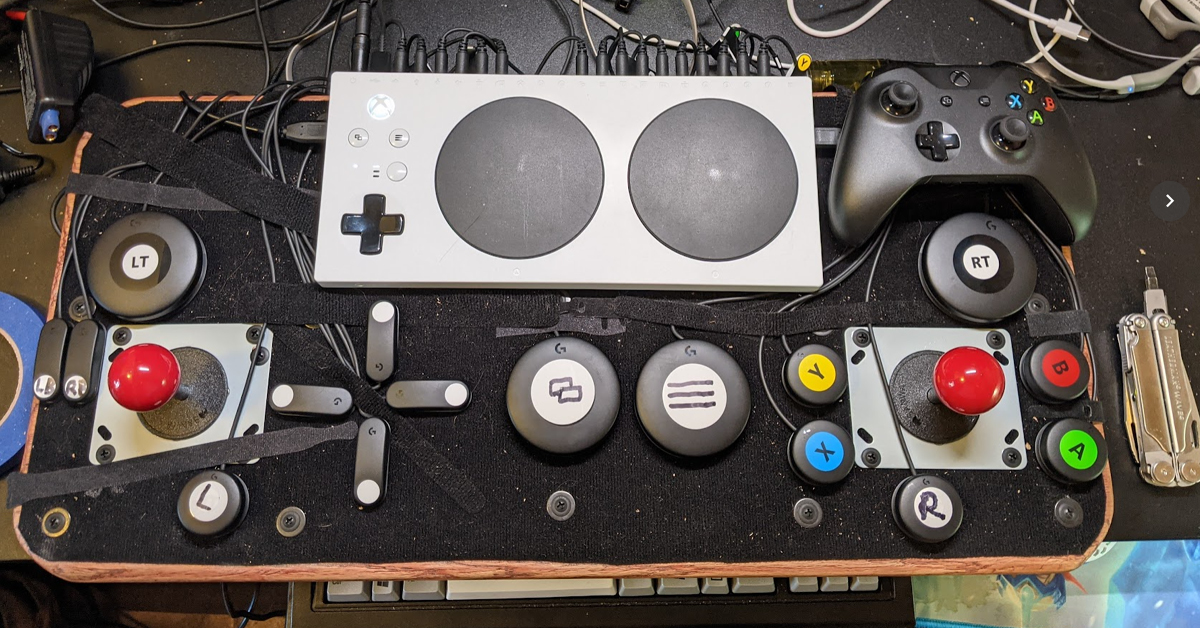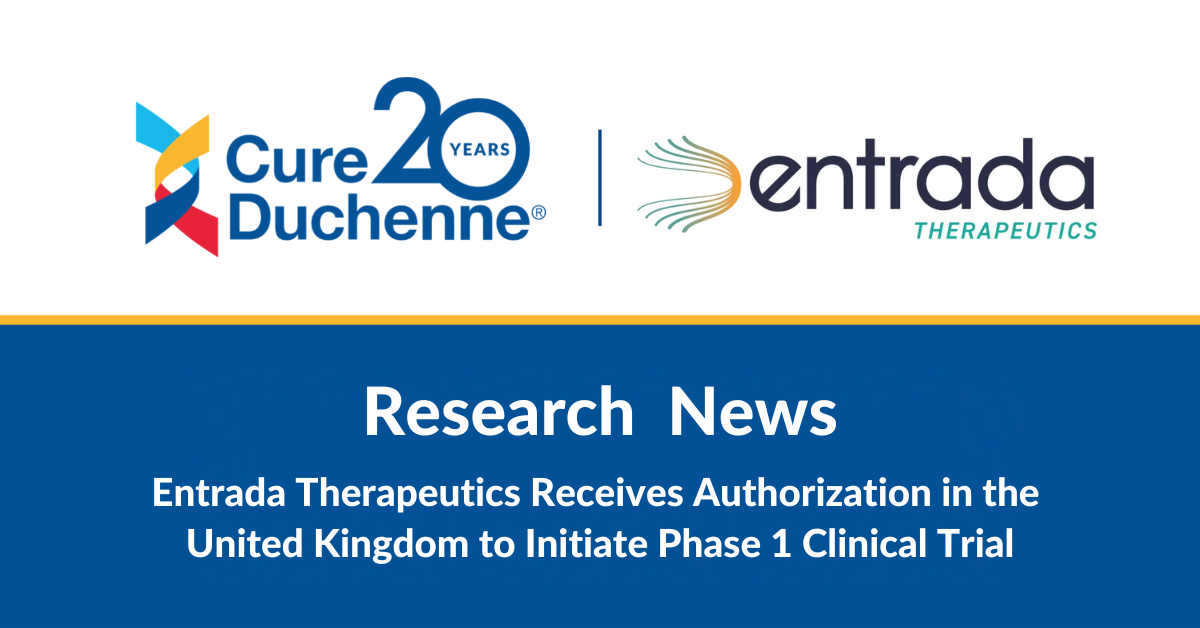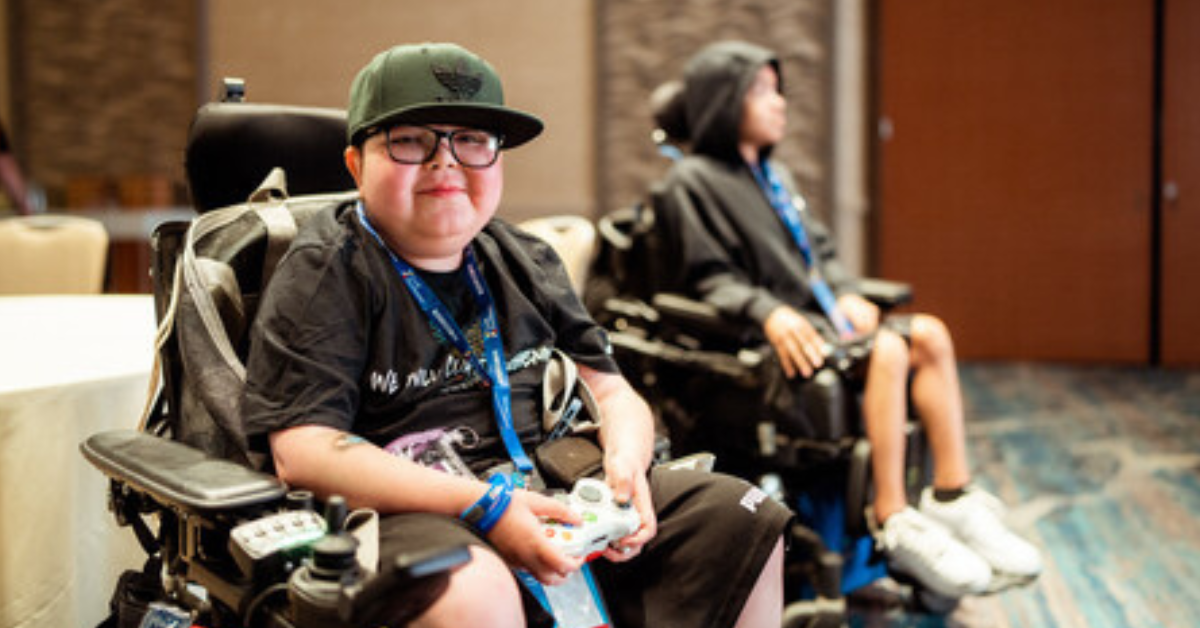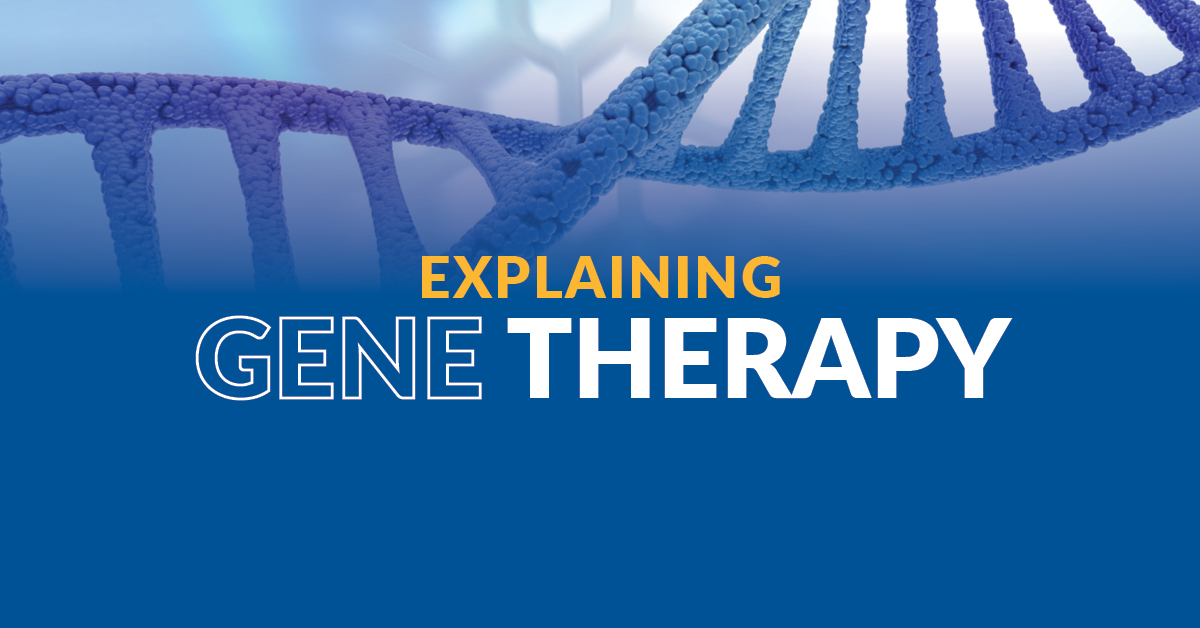Summary of the DIA and NORD Conference
The “U.S. Conference on Rare Diseases & Orphan Products: The New Era in Health Care” hosted by DIA and the National Organization for Rare Disorders (NORD) was held in Bethesda, MD from October 7-9. CureDuchenne provides a summary of the conference below. Thank you Abby Bronson for attending on behalf of CureDuchenne and sharing your notes.
DAY ONE
The keynote speaker Steven Grossman of the HPD group, substituting for Bill Corr of HHS who had to cancel, gave an overview of the forward momentum that is taking place in the rare disease space and set the stage for the conference. Many of his remarks centered around the government shutdown which restricted the ability of any FDA and NIH speakers to participate. As a closing remark he encouraged all to become familiar with the “Alliance for a Stronger FDA” www.strengthenfda.org which supports the role of the FDA as essential to getting drugs to patients and urges Congress to adequately fund the FDA.
Frank Sasinowski continued on this theme and discussed his work on rare disease drug approvals. His paper “Quantum of Effectiveness Evidence in FDA’s Approval of Orphan Drugs” https://nordphysicianguides.org/wp-content/uploads/2012/02/NORD-study-of-FDA-approval-of-orphan-drugs.pdf published in 2011 demonstrated that the FDA has shown flexibility in their treatment of orphan drug approvals and established a dialogue with the agency on what is the meaning of flexibility, especially in the context of rare diseases. Building on this, he is now doing “Chapter 2” where each approval is retrospectively reviewed for meeting the four criteria that FDA cited in their guidance an accelerated approval. https://www.fda.gov/downloads/Drugs/GuidanceComplianceRegulatoryInformation/Guidances/UCM358301.pdf. The four criteria are: regulatory factors i.e rarity, severity, lack of alternatives, how well the disease is understood; clinical evidence for a surrogate and clinical evidence of a benefit. He concludes that the FDA, in these Subpart H approvals, has shown flexibility as not all products scored high on every criteria. He confirms that the FDA does have enormous ability to be flexible and encourages them to do just so, especially in the rare disease world.
Two speakers then presented the Affordable Care Act, and highlighted where it may affect rare diseases. The first speaker, Michael John O’Brien of BlueCross Blue Shield, made a comparison between the Prescription Drug Act of 2005-06 and the ACA. The take-aways were:
1) enrollment is the first metric for 2014
2) comparing health insurance plans is much more difficult than comparing prescription drug plans as each person has an individual need
3) the appeals and exceptions process, still being worked out, will be very important for rare disease patients.
Miriam Day of the Alpha-1 Foundation followed by presenting some highlights of the ACA. Some positives for the rare disease community are the sunshine provisions, out of pocket caps, elimination of lifetime caps, addressing the donut hole, and bans pre-existing conditions. Some implementation challenges the Act faces are defining affordability, unintended consequence of employers paying the penalty instead of premiums, covering 400% of the federal poverty level is too expensive that the system could go bankrupt, many will wait until they are sick to purchase insurance, and privacy issues. She encouraged advocacy organizations to become the experts in evaluating plans by providing tools that can help patients review and compare both private insurer and Medicare plans.
A panel comprised of both early and late stage investors presented a positive outlook on investing in rare diseases. All agreed that investing in rare diseases has become less risky as compared to traditional markets due to better understanding the biology of the disease, having better modalities available, and being able to better target genes and RNA.
David Mott of NEA provided a more macro look, saying that the enhanced investment climate is the convergence of the science and the investing world. Better science is allowing diseases to become “chopped up” into smaller “druggable” diseases and allowing better targeting, yielding better risk/benefit outcomes and lowering the risk of the investment. It was noted that big pharma is struggling in this new world of rare diseases where working with patient groups is key, as their model of the big block buster is failing.
The sustainability of the rare disease model was discussed. The tools used in rare disease drug development – use of biomarkers, improved patient selection, response rates of 40-50% versus 10-30% – should be used for all projects. The panel was asked what it would take to get their attention if a rare disease advocacy groups approached them. The answer was a solid in vitro model with replicable results, very good in vivo model representative of the human disease, a druggable substrate, and natural history data of the disease with support for an approvable endpoint. The small numbers of a rare disease did not make them scrutinize the project more.
The first day ended with an international session which provided a format to discuss some of the challenges in rare disease drug development in Europe. Some of the challenges cited were the fragmented market, low level of disease awareness, lack of natural history data, challenges in regulatory approval process, the risk and uncertainty at time of market authorization, the fact that pricing decisions are made with a “moment in time” outlook and price pressures. The panelists did see some positive traction in recent years in a couple of areas. They cited that marketing authorization was starting to be viewed as a step on a pathway, more of a rolling decision making process. Different stakeholders are working together at earlier stages i.e. the Health Authority which controls pricing is providing input as early as Phase 2, and that pricing is not a single event but can be evolutionary.
DAY TWO
The second day began with Diane Dorman presenting a NORD Registry Project that will involve the FDA, ORDR, IRDRC, and intends to centralize the process. Common data elements will be used where possible and all data will be de-identified. This project is still being developed and will be launched in the near future. Several issues were raised as to data ownership, where will the registry reside, how will this project be communicated to users and other logistical details that need to be worked out.
Marshall Summer of Children’s National Medical Center gave his perspectives on working in the rare disease space and how registries can help. Some of the challenges are finding patients, the absence of key outcomes, expert opinion serves as expert opinion in these populations, and the fact that classic randomized controlled trials don’t work as well self controlled/cross designs do. Registries can help overcome many of these challenges and provide advantages for pharma and the drug development process. Some of the positives of working in the rare disease space are working with the families, enrollment tends to be higher, and there are incentives to help pharma invest in projects which can get things going more quickly. There are existing tools that can help such as the NIH Rare Disease Clinical Research Network, the NIH TRND program, the NIH CTSA program, and NORD.
Four posters, two of which related to muscular dystrophy, were then presented. Lauren Hache described the CINRG network and highlighted key structural elements that make it successful such as in place CDAs and MSAs, and state of the art reporting systems that are uniform across sites, and highlighted past and ongoing clinical trials in Duchenne. Amy Fizino described the diagnostic utility of whole exome sequencing in an undiagnosed leukodystrophy (disorder of the white matter of the brain) as more than half remain without a specific genetic etiology.
The afternoon continued with a discussion on Paying for Orphan Therapies. Four different types of health plans described how they make coverage decisions, especially with regard to orphan drugs. In most all plans, orphan drugs are considered a 4th tier or specialty product. Plans have strict guidelines governing how products are evaluated for coverage and added to formularies. All panelists were very positive about covering high cost specialty drugs. The panelist from Wellpoint pointed out that specialty drugs comprise 15%-20% of their total pharmacy budget and orphans are about 1% of that. On the flip side, all expressed a desire to balance costs with outcomes and the necessity for an accurate diagnosis to justify on label usage and good outcomes data. Different ways of reducing costs were cited such as co-pays, co-insurance, prior authorization, and plan benefit changing to cost shift. All agreed pharmaco-economic data including lost work and hospitalization days, obstacles members are encountering, should be presented. The day ended with a discussion of patient access to treatments for rare diseases from three perspectives – the patient, the advocacy organization and the manufacturer. There are many reasons for limited patient access such as the complex nature of the therapy and treatment regimen, a patient’s condition making it difficult to track them especially as adults, social and economic conditions, and the health care delivery system. But overwhelmingly reimbursement and paying for therapy was one of the biggest challenges.
DAY THREE
The last day started with a talk on Health Care Systems of the Future by William Shrank of the Harvard Medical School who led the CMS Center for Innovation Task Force on Rapid Cycle Deployment. Overall, health care reform is designed to align the system to lower costs and increased care. At the CMS Center for Innovation they are testing different models to make them more efficient for all stakeholders. He said payment reform and the models they are testing are aligned with the needs of rare disease patients for reasons such as better coordination of care, a move towards value, additional staff dedicated to address the needs of complex patients, the fact that the cost of medications is not included in shared savings calculations, and the goal is to manage the health of all populations. Questions from the audience centered around how payment reform could be tailored to fit with the small, specialized care that rare disease patients need and how to deal with out of network costs which many rare disease patients will need. Healthcare reform has yet to fully dedicate itself to ensuring the needs of the rare disease community are met.
The highlight of the third day was a panel discussion on “How Patients and Industry Can Collaborate Bench to Bedside”. Leaders from Pfizer, the CF Foundation, the Hemophilia Foundation and others discussed what contributes to a successful patient industry collaboration and how the two sides could help each other. Several factors were cited such as aligned strategic goals, communication, and trust. Each side has valuable assets for the other –be it money or expertise or both. Each side needs to put on the shoes of the other party and try to understand what they care about to develop joint gains. Some of the reasons that collaborations can go awry are unclear IP positions, wrong alignment arising from a change in CEO or a change in strategies, lack of communication, lack of patience as science takes a long time and unclear expectations in terms of overall outcome and disappointments/product failures can happen at any time.
Questions from the audience ranged from asking if it was an ethical dilemma to a patient group working with industry to what should a patient group do to be most attractive to industry. The panel unanimously agreed that the risk of doing nothing was the less ethical choice and that educating industry is the first thing a patient group can do to begin a relationship. Having natural history data was also cited as a very valuable first step as lack of that information can set back a development program by many years. A third point was made that patient groups have more access to the FDA than a sponsor, who can only enter into a dialogue with the Agency when they have an asset to discuss. Because of this, patient groups have the ability to lay the foundation for drug development with the Agency.
The last session of the conference focused on the future of rare disease research and development and some of the trends that will take us to cures. Public/private and academic/ industry partnerships were discussed as mechanisms that will become more important and take us forward. Some successful partnerships, such as the Oregon Health and Science University Rare Disorders Research Consortium and NIH TRND program were used as examples. In order for partnerships to work, the gaps between academics and industry, those of culture, time, misaligned expectations, lack of clear timeline/milestones/resources need to be addressed. In essence a “cultural re-education” needs to take place in order for both sides to work together. Despite all this, the orphan space has come a long way and much progress has been made.
The closing panel summarized the next 30 years in the rare disease space and the major themes of the conference – partnerships, working together, the important, and growing role of the patient/advocacy group and balancing healthcare reform and the implementation of the ACA with meeting the needs of rare disease patients.





